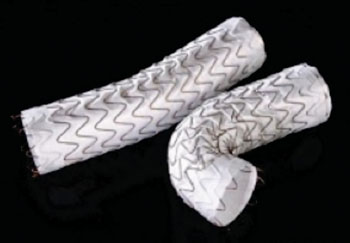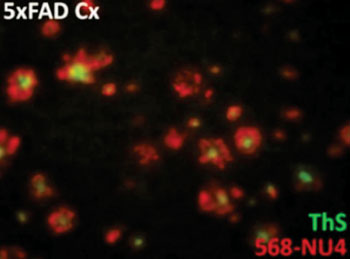MRI
International Trial Shows Non-Contrast Renal MRA Accurate in Detecting Renal Artery Stenosis
Since a US Food and Drug Administration warning in 2006 about the risks associated with the use of gadolinium-containing contrast agents in patients with acute renal failure, chronic kidney disease, or end-stage renal disease, companies have been trying to develop Magnetic Resonance Angiography techniques that do not rely on contrast agents. More...19 Jan 2015
Novel Prostate Cancer Screening Technique Revealed
A team of scientists and physicians at the University of California San Diego School of Medicineand the University of California, Los Angeles have described a Magnetic Resonance Imaging technique for detection of prostate tumors in men. More...14 Jan 2015

New Guidelines on MRI Safety and Compatibility of Medical Devices
The US Food and Drug Administration issued new guidance recommendations on magnetic resonance imaging compatibility—or in some instances, incompatibility—of implants that do not require electricity to service their function, such as intracranial aneurysm clips, cardiovascular stents, endovascular grafts, and transprostatic tissue retractors. More...13 Jan 2015

MRI Probe Combined with Magnetic Nanostructure and Antibody can Detect Alzheimer’s Disease Early
A noninvasive MRI application has been designed that can detect the Alzheimer’s disease in a living animal, well before typical Alzheimer’s symptoms appear. The researchers created an MRI probe that combines a magnetic nanostructure with an antibody that searches for the amyloid beta brain toxins responsible for onset of the disease. The accumulated toxins, because of the associated magnetic nanostructures, are revealed as dark areas in MRI scans of the brain. More...11 Jan 2015
New Functional MR Technique to Help Improve Understanding of Spinal Cord Injuries and Diseases
Researchers at the Vanderbilt University Institute of Imaging Science have demonstrated that resting state networks, similar to those in the brain, also exist in the human spinal cord. Changes to the resting state networks in the brain have been linked to various disorders including memory problems during aging. More...07 Jan 2015
In Other News
fMRI Scanning Shows Transcranial Direct Current Stimulation Enhances Motor Learning Ability After Stroke
fMRI Identifies Neural Damage Due to HIV Before Symptoms Present
Scientists Establish New Guidelines for Improved MRI Prostate Cancer Diagnosis
DTI-MRI Shows Brain Alterations in High School Football Players After Only One Season
Diffusion Tensor MRI Reveals Brain Connection Failure in Early Alzheimer’s Disease
Monitoring Cancer and Drug Delivery with Nanoparticles
fMRI Research Locates “Lost” Languages in the Brain
Magnet Displacement and Pain Seen in Patients with Cochlear Implants Undergoing MRI Scanning
Combining PET and MRI to Visualize Development of Alzheimer’s Disease
e-Incubator Technology Provides Real-Time Imaging of Bioengineered Tissues in a Controlled Unit
MRI Shows Brain Anatomy Differences Between Autistic and Typically Developing Individuals to Be Mostly Indistinguishable
Diffusion-Tensor MRI Shows Brain Abnormalities in Patients with Chronic Fatigue
Ultrahigh-Field fMRI Reveals Language Hubs in the Brain in Great Detail
Pacemakers Receive CE Mark with Options for MRI
fMRI Reveals Fetal Brain Development
Imaging Shows Vegetative State Patients Aware and Attentive
High Magnetic Field MRI Technology Provides Comprehensive Analysis of Strokes
Pacing Lead for Full-Body MRI Scans Approved for Use in Patients with a Slow Heartbeat
fMRI and Circuitry Mapping Shows Dyslexic Readers Have Disrupted Brain Network
Arterial Spin Labeling MRI Identifies Evidence of Cognitive Decline Before Symptoms Present
MR Spectroscopy Reveals Brain Chemical May Help in Managing Tourette Syndrome Tics
Gray Matter Volume in Brain Region Can Predict Risk Tolerance
Patient Access to MRI Scans Expanded with CE Marking Approval for Pacemaker Leads
MedImaging's MRI channel in addition to reporting on MR hardware, informs about the many magnetic resonance applications possible with the technique notably MRI, fMRI, diffusion MRI, MR angiography, MR guided surgery, in addition to industry developments, and safety issues.










